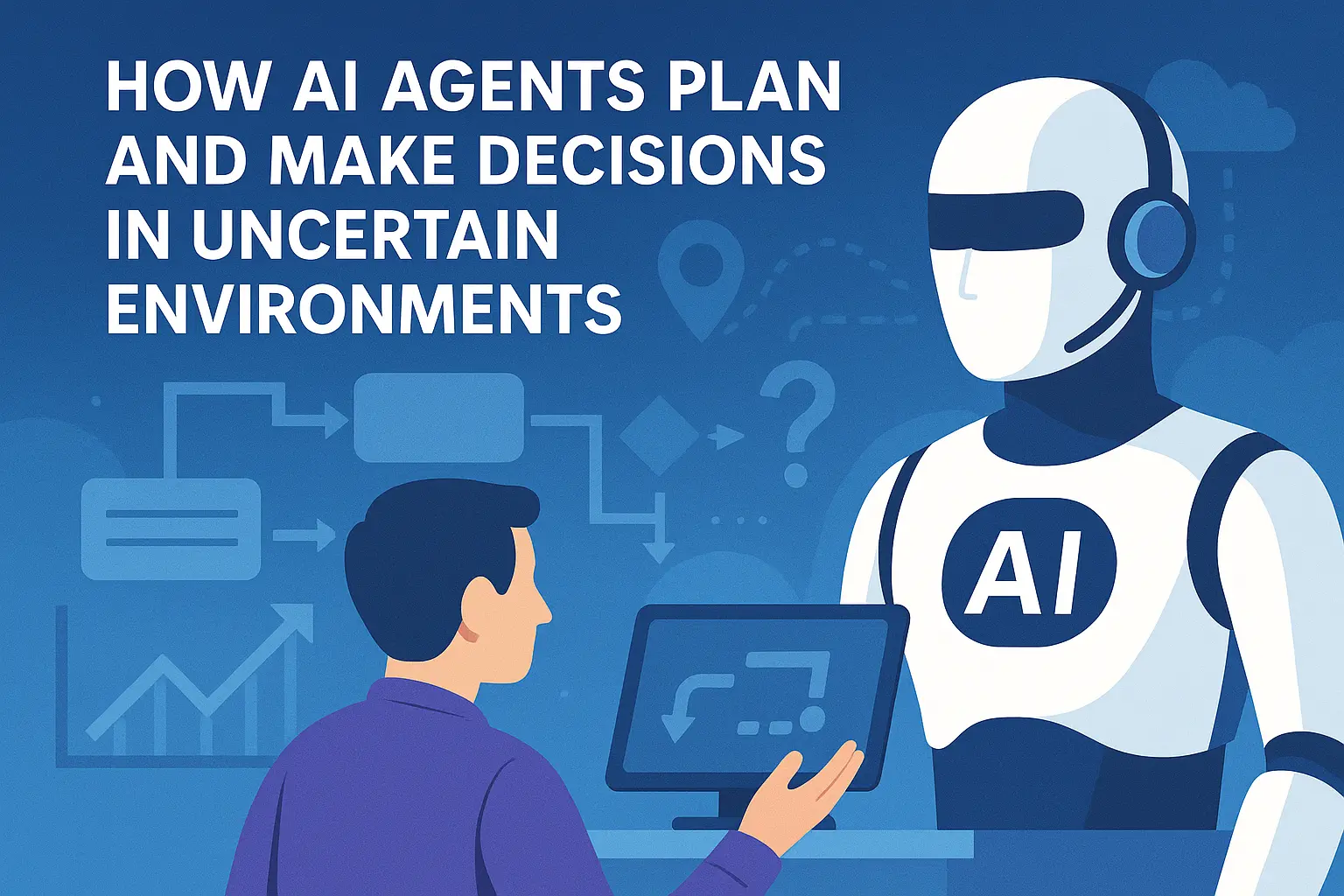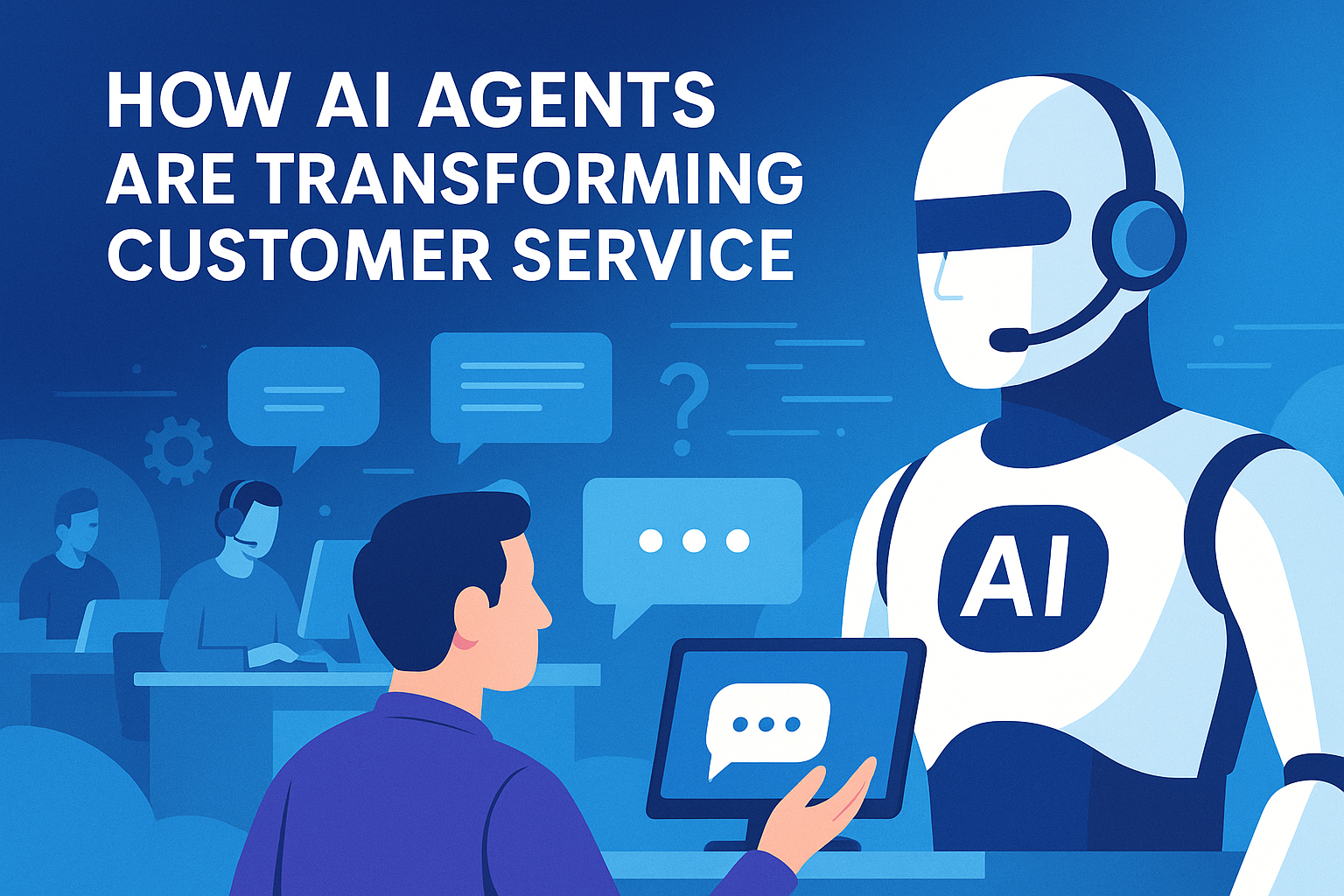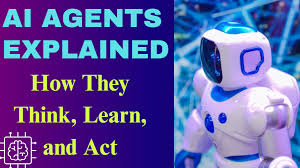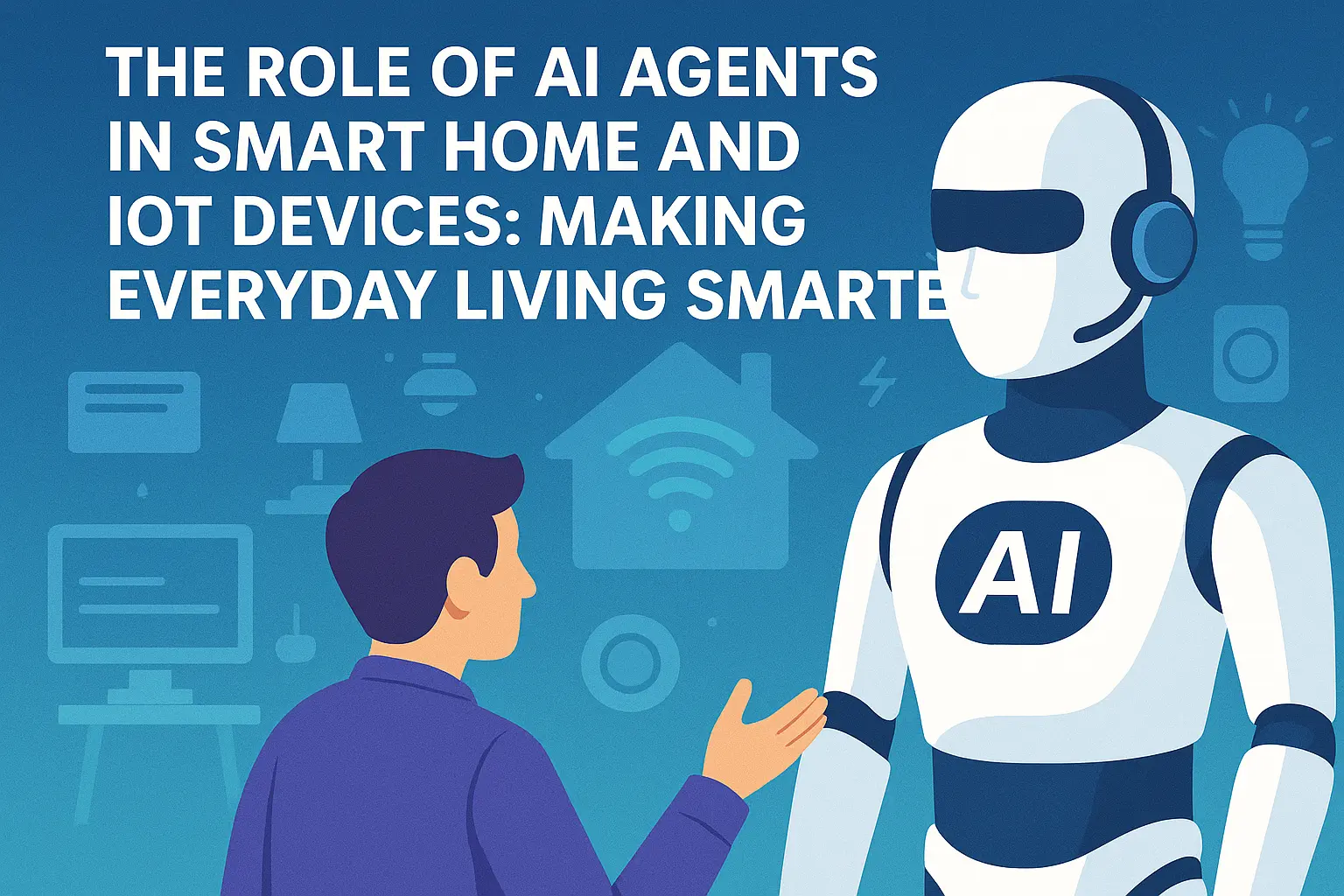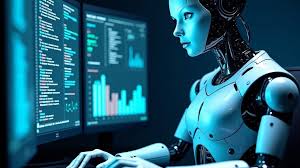In the world of Artificial Intelligence (AI), we often focus on building a single smart agent—a chatbot, a self-driving car, or a trading bot. But what happens when multiple AI agents operate in the same environment, pursuing their own goals?
Welcome to the fascinating world of Multi-Agent Systems (MAS)—a field where agents must learn to collaborate, coordinate, and sometimes compete with each other.
Let’s dive into how these systems work, where they’re used, and why they’re crucial for the future of AI.
🤔 What Are Multi-Agent Systems?
A Multi-Agent System is a group of intelligent agents that interact with each other within a shared environment. Each agent has:
- Its own goals
- Limited knowledge
- The ability to perceive and act
These agents might:
- Work together to solve a shared problem
- Compete for limited resources
- Negotiate or form alliances
This mimics real-world dynamics in ecosystems, economies, social networks, and even video games.
🔁 Collaboration: Working Toward a Shared Goal
When agents cooperate, they may:
- Share information
- Coordinate actions to avoid conflict or redundancy
- Divide tasks to improve efficiency
🛠 Example: Robot Delivery Team
Imagine a warehouse where several robot agents must deliver packages to different areas. They can:
- Plan optimal delivery routes together
- Share knowledge about blocked paths
- Hand off packages to one another
This increases speed, reduces collisions, and improves task success.
⚔️ Competition: Every Agent for Itself
Not all agents play nicely. In competitive environments, agents aim to maximize their own rewards—sometimes at the expense of others.
🕹 Example: Game AI
In games like StarCraft II or Dota 2, each agent (or team of agents) tries to outmaneuver others. They may:
- Bluff or deceive opponents
- Predict competitor strategies
- Block or sabotage opponents’ progress
In these environments, game theory often plays a key role.
🧠 Learning in Multi-Agent Systems
Most MAS today rely on Multi-Agent Reinforcement Learning (MARL), where each agent learns from interactions over time.
Key Challenges:
- Non-stationarity: The environment keeps changing as other agents learn.
- Credit assignment: It’s hard to know which agent’s action led to a success or failure.
- Communication overhead: Sharing information takes time and bandwidth.
Researchers are working on ways to help agents:
- Learn joint policies
- Develop emergent communication
- Adapt to new partners or adversaries
🌍 Real-World Applications
- Autonomous Vehicles
- Cars negotiate lane changes, intersections, and traffic merges with other vehicles.
- Smart Grids
- Energy agents collaborate to balance electricity loads across regions.
- Supply Chain Optimization
- Independent agents manage inventory, orders, and shipping in real-time.
- Disaster Response
- Swarms of drones coordinate to locate victims and deliver aid efficiently.
- Finance
- Trading bots compete in markets, seeking to exploit small price differences.
🤯 Cool Concept: Emergent Behavior
Sometimes agents develop behaviors that weren’t explicitly programmed, like:
- Swarming in drones
- Negotiation tactics in bots
- Formation flying in autonomous planes
These emergent behaviors often surprise even the developers—and offer powerful insights into both artificial and natural intelligence.
🔮 The Future of MAS
Multi-Agent Systems are central to the future of:
- Distributed AI
- Artificial General Intelligence (AGI)
- Human-AI collaboration
We’re already seeing research into human-agent teams, where machines and people work together as equals, not tools.
🧩 Final Thoughts
Whether agents are cooperating to explore Mars or competing on Wall Street, MAS offer a rich framework for building AI that mirrors the real world.
Understanding how agents interact is not just an academic pursuit—it’s essential for building the next generation of intelligent systems.

